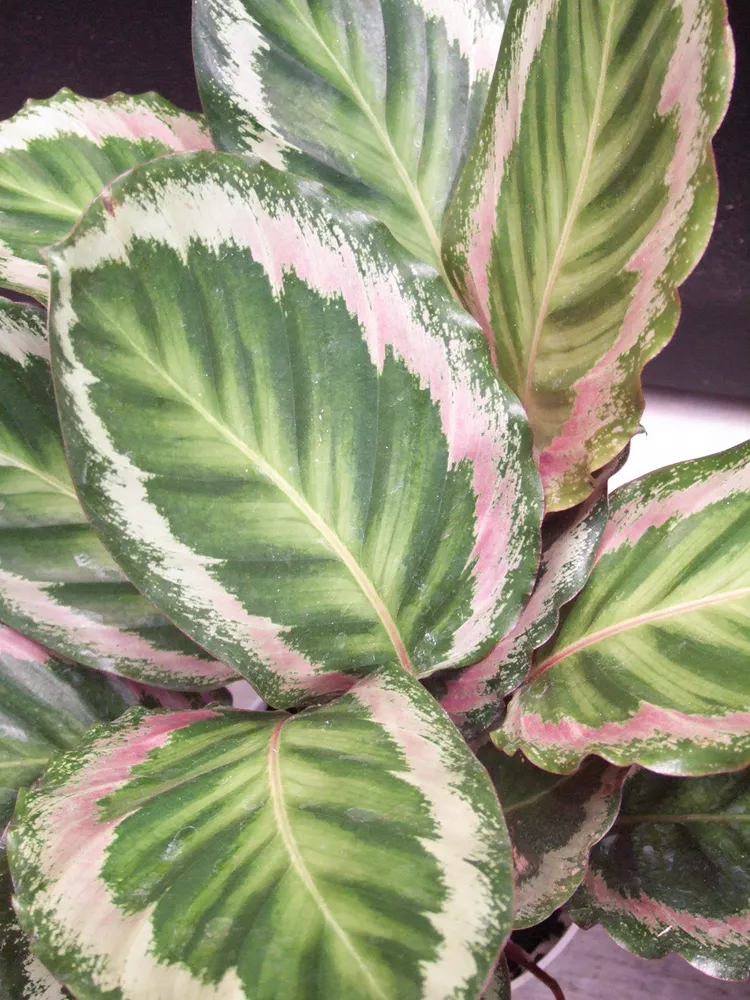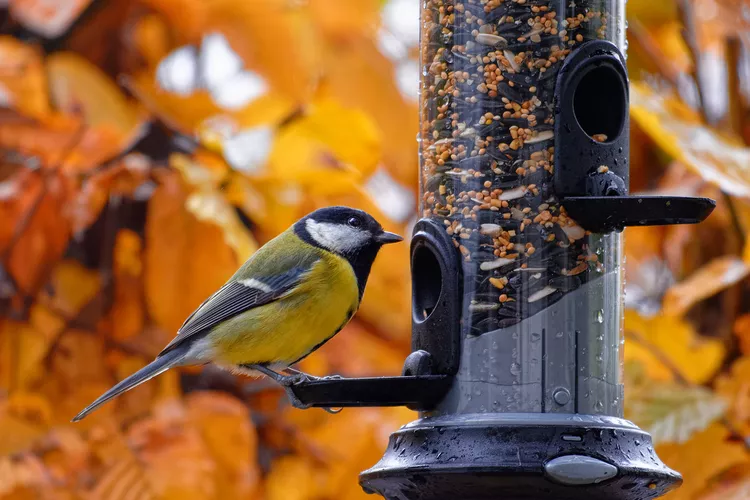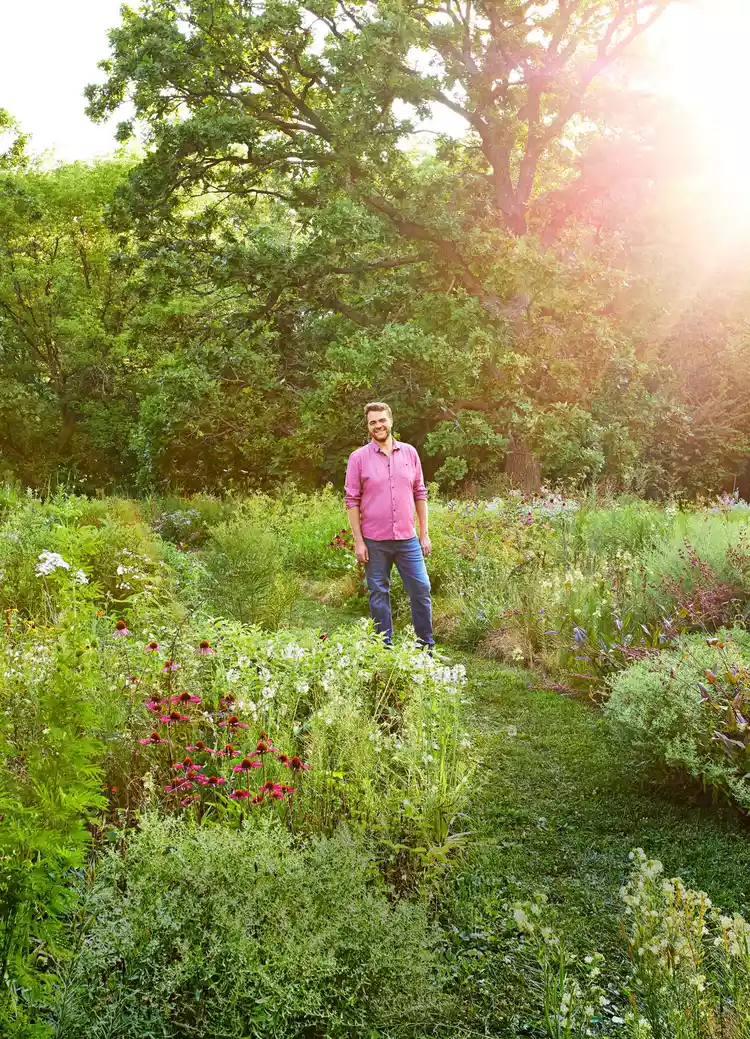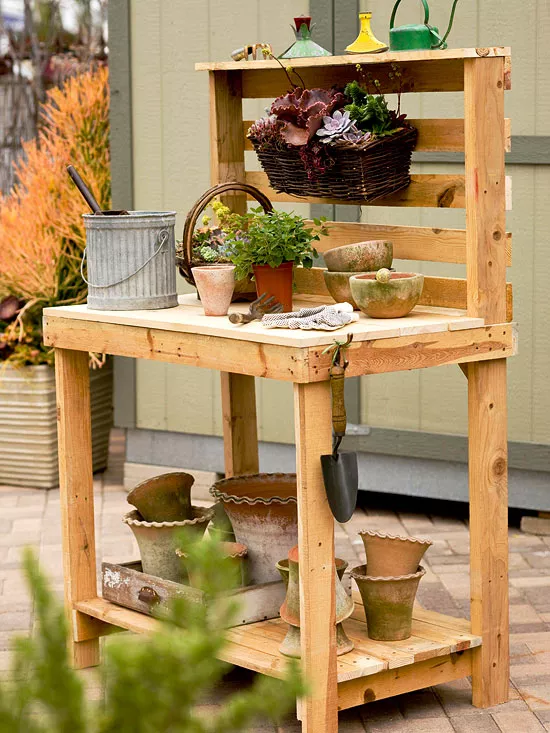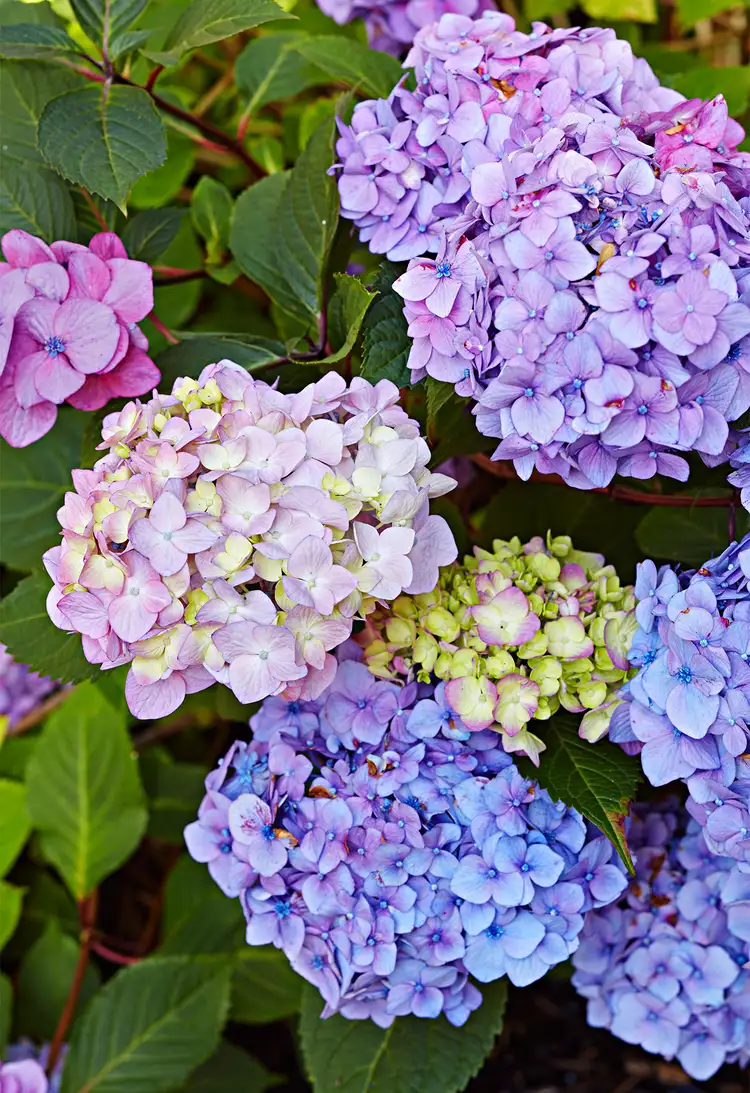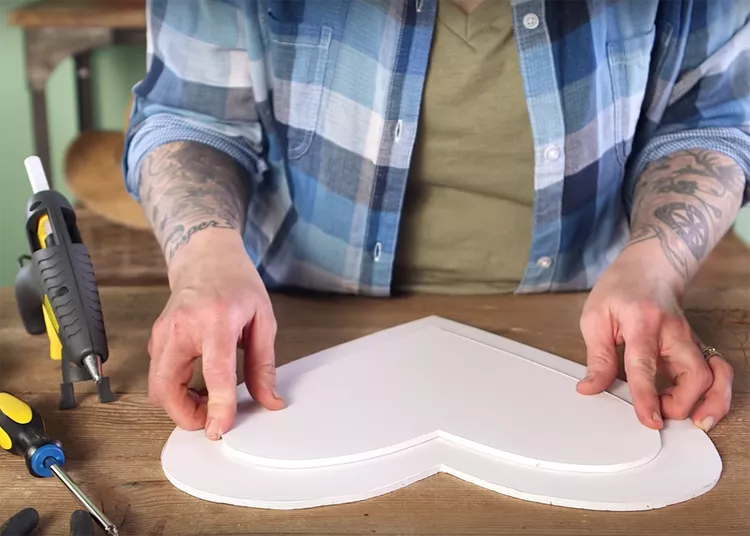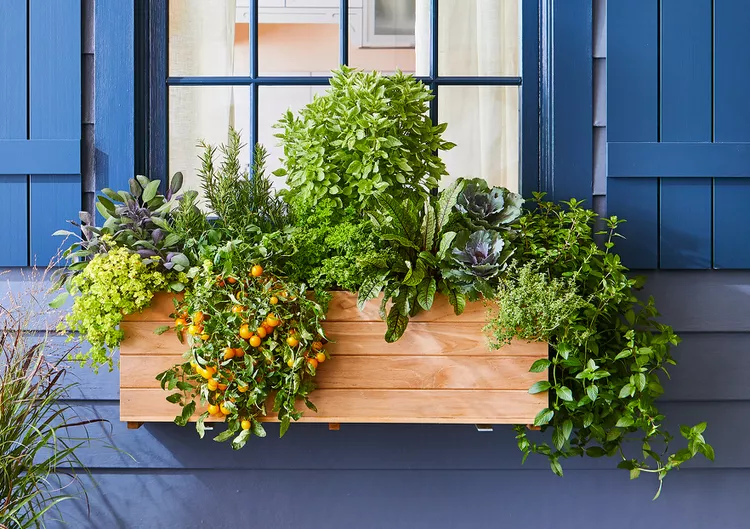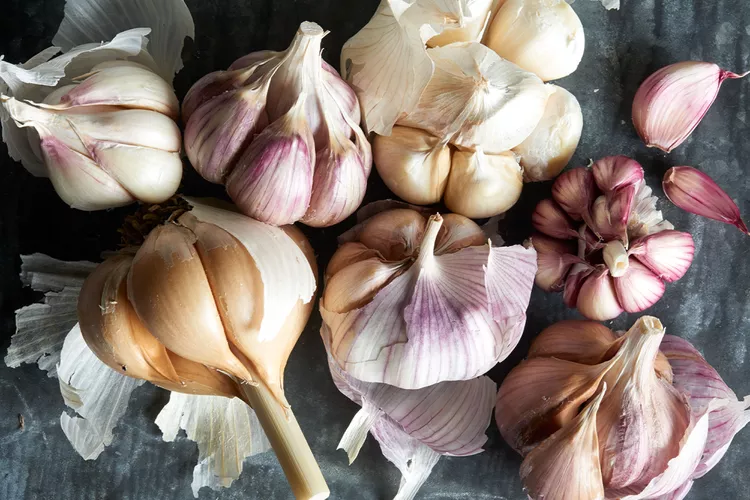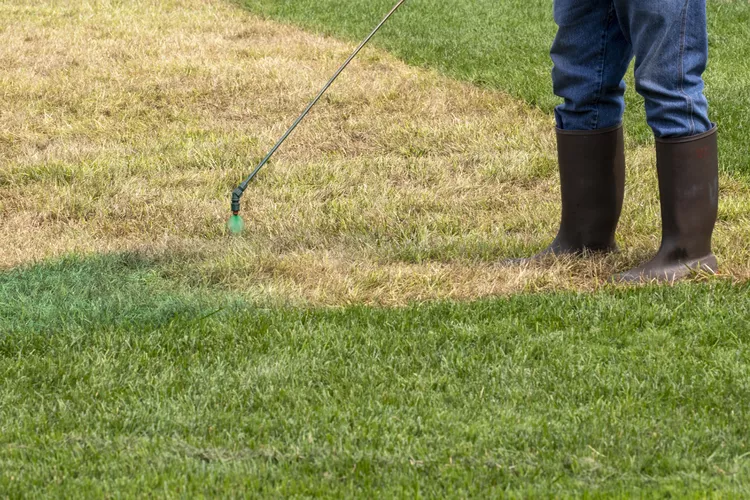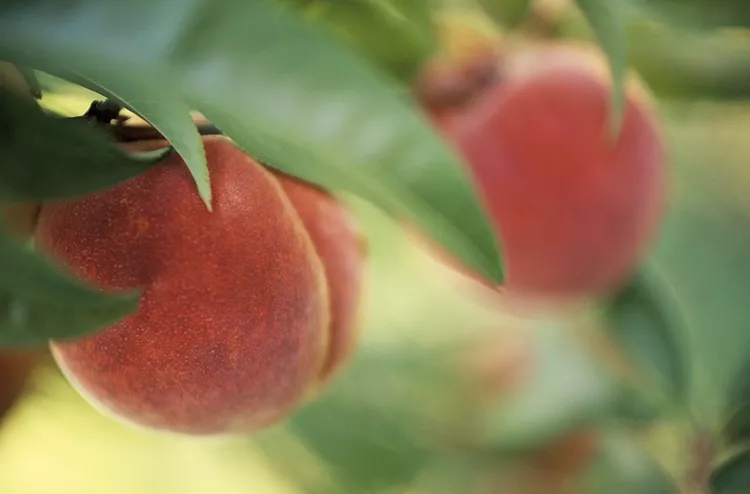The first thing you learn about how to plant grass seed is that preparation is essential for a lush lawn. That annoying bare spot or rough ground disturbed by a recent renovation will need prepping before you start seeding. And if you're wondering how to start a brand new lawn from seed, getting the entire area ready first is the key to getting a thick stand of turf. This guide to planting grass seed will take the guesswork out of preparation. Plus, you'll get essential tips for choosing the best type of grass seed to use and tending the seedlings after germinating. So get your lawn mower ready— once you learn how to plant grass seed, your fresh new grass will be ready for its first trim in just a few weeks.
Best Types of Grass Seed
Begin by choosing the right grass seed for your location. Grass seed is divided into two broad categories based on hardiness. Warm-season grass species thrive in Zone 7 and above and include Bahia, Bermuda, centipede, St. Augustine, and zoysia species. Cool-season grasses tolerate freezing temperatures and grow well in Zone 6 and below. Kentucky bluegrass, fine fescue, tall fescue, and perennial ryegrass are common cool-season grasses.
In addition to winter hardiness, grass species differ in their ability to grow in sun or shade, handle foot traffic, and tolerate dry conditions. Visit a local garden center or box store to learn more about the types of grass species available in your area. Grass seed is often sold as a mix of species for a specific growing condition or combination of conditions. For example, you may find a grass seed mix for shade and dry conditions or a mix for full sun and high foot traffic. Read the packaging carefully to choose the right seed for your particular site.
When to Plant Grass Seed
The best time to seed turf grass depends on your location. If you live in Zone 7 and above, plant warm-season grass from March through September. Warm-season grasses thrive in the heat and will germinate in hot weather when there's ample moisture to support growth. Homeowners in Zone 6 and below should seed cold-season grass from mid-August through mid-October. Moderate soil temperatures, cool air temperatures, and somewhat regular rainfall make autumn the opportune time to plant cool-season grass seed.
How to Plant Grass Seed
After choosing the best seed mix for your location and determining the best time to seed, it’s time to prepare the site and plant. Whether you are planting Bermuda grass or Kentucky bluegrass, the process is generally the same. Seed a bare patch or an entirely new lawn with this 6-step method.
1. Remove Weeds
Remove existing grass or weeds. Use a shovel to dig out plants, carefully removing as many roots as possible. If the area to be seeded is large and filled with weeds, consider renting a seed cutter to make fast work of the job.
2. Enrich the Soil and Smooth Surface
After removing weeds, add a 2-inch layer of well-decomposed compost. Organic matter such as compost can improve soil drainage while adding valuable nutrients. Next, till the soil to about 4 inches. Tilling will mix the compost into the native soil and help prepare the seedbed. After tilling, use a stiff garden rake to rake the area smoothly, contouring it as needed and removing any rocks or large clods of soil. Your goal is to create a smooth, loose soil surface that will become a welcome mat for grass seed.
3. Plant the Grass Seed
Sow grass seed over small areas by scattering it by hand. A drop spreader makes this job easier for larger areas. No matter the method you use, spread the seed on a calm day—the wind will scatter the seed unevenly. Check the seed bag for the seeding rate. Rates are usually recommended as pounds per 1,000 square feet. For best results, sow half the seed recommended for an area in one direction. Then, spread the remaining half of the seed at a right angle to the first portion.
4. Protect the Seed
Rake the entire area to cover the seeds with a thin layer of soil. A leaf rake is a perfect tool for small areas. For larger areas, you may want to use a harrow, which is pulled behind a lawn tractor. Spread a thin layer of weed-free straw over the site to help conserve moisture and prevent seeds from blowing or washing away.
5. Water the Seed
Use a lawn sprinkler to water the seedbed lightly. Water frequently enough to keep the soil surface moist but not saturated. Overwatering can cause seeds to run off the site or sink deeply into the soil, where they will not germinate. Water lightly a couple of times a day until seedlings emerge in about 2-4 weeks. After that, continue watering once a day or so until the new grass is at least 2 inches tall.
6. Mow New Grass and Control Weeds
Begin mowing the new turf when it reaches about 4 inches tall. Mow regularly, maintaining it at about 3 inches tall. After mowing and maintaining the grass for two months or so, it is safe to use a weed prevention product to keep crabgrass and other invaders from overtaking new turf. Read product labels carefully for application instructions.
How to Care for Your Lawn Wherever You Live
Once your lawn is planted, take care of it with the right tools and at the right times. We have a schedule for every part of the country, including the Northeast, Midwestern states, the cool and rainy Pacific Northwest, and sunny Southern California. Avoid these beginner mistakes, and use our recommended lawn tools (all under $30) to take the best care of your grass. With these tips, you'll keep your lawn green and lush for lots of summer activity and barefoot romps on warm days.

